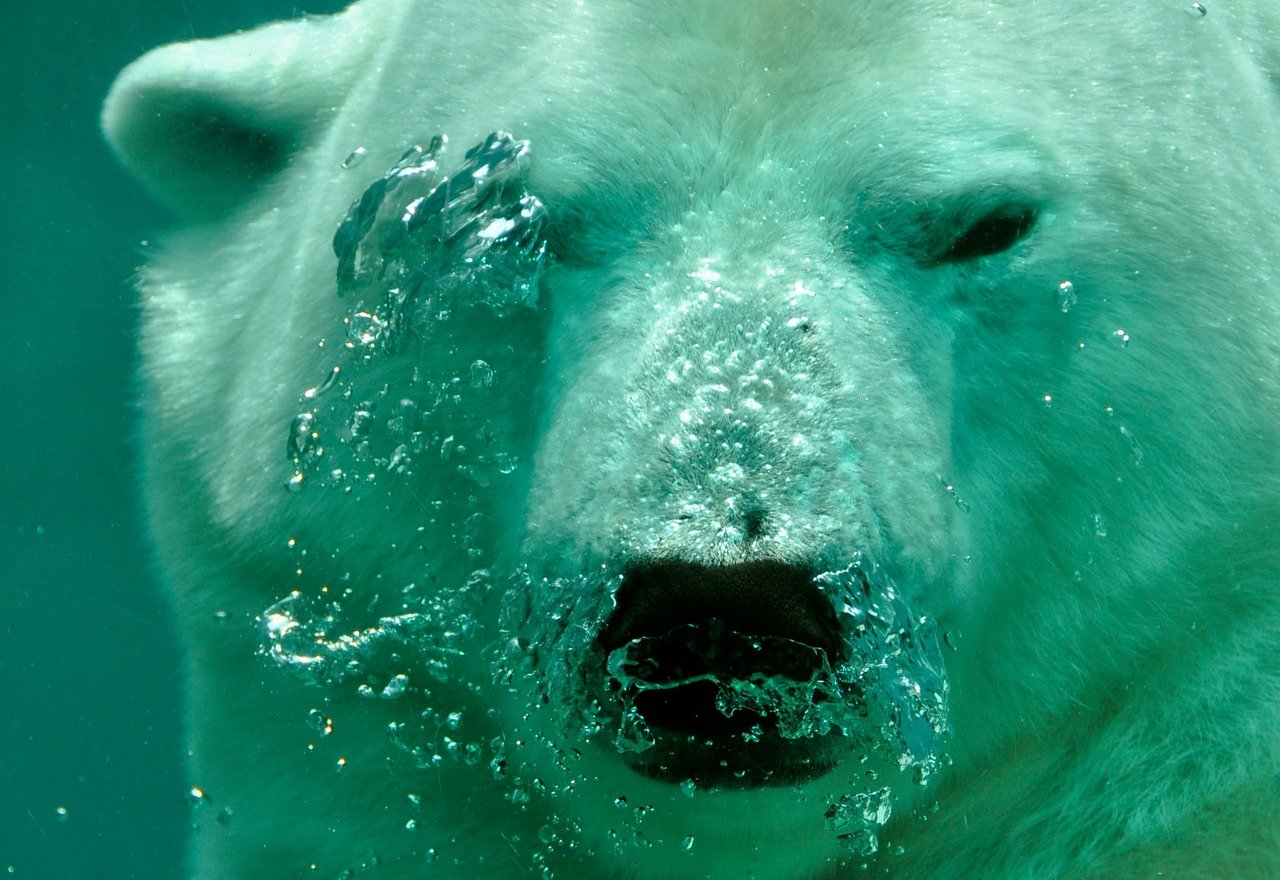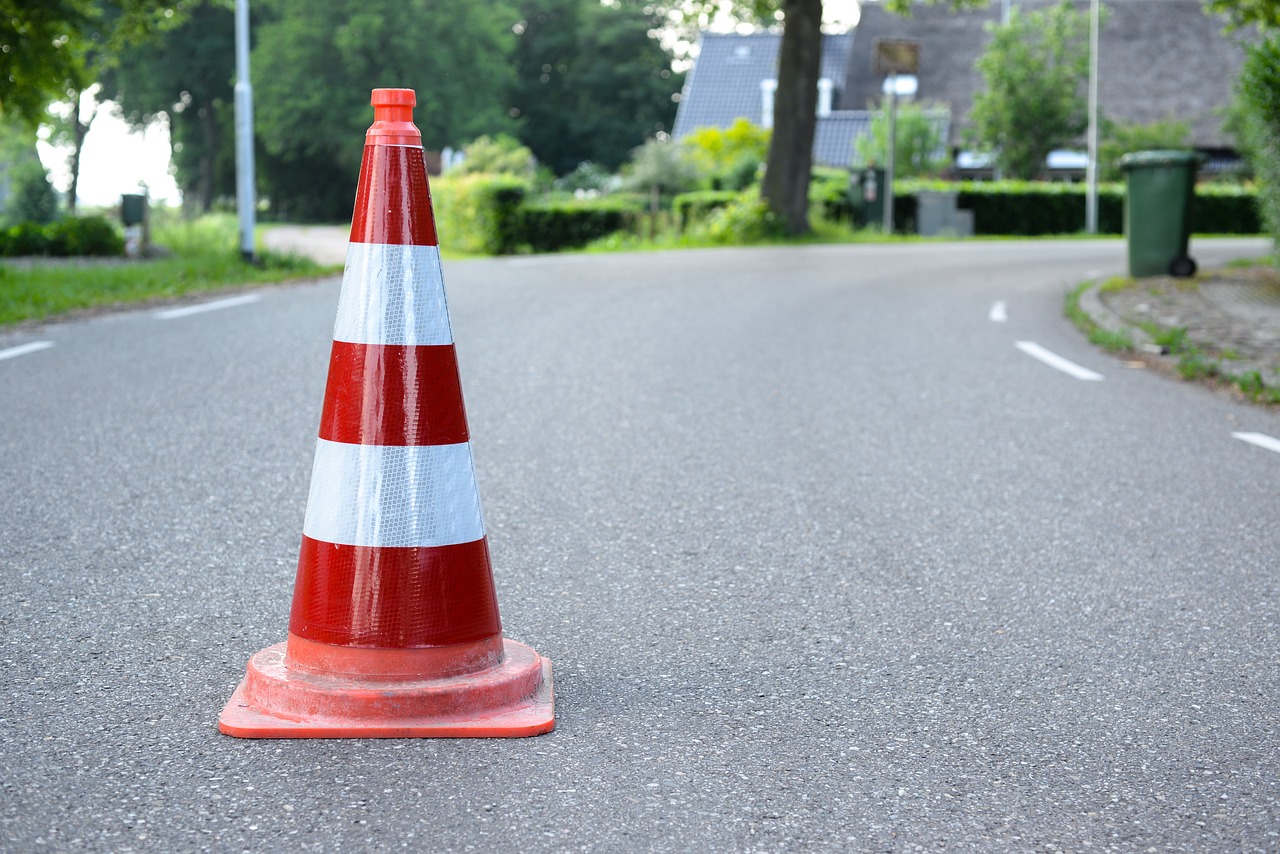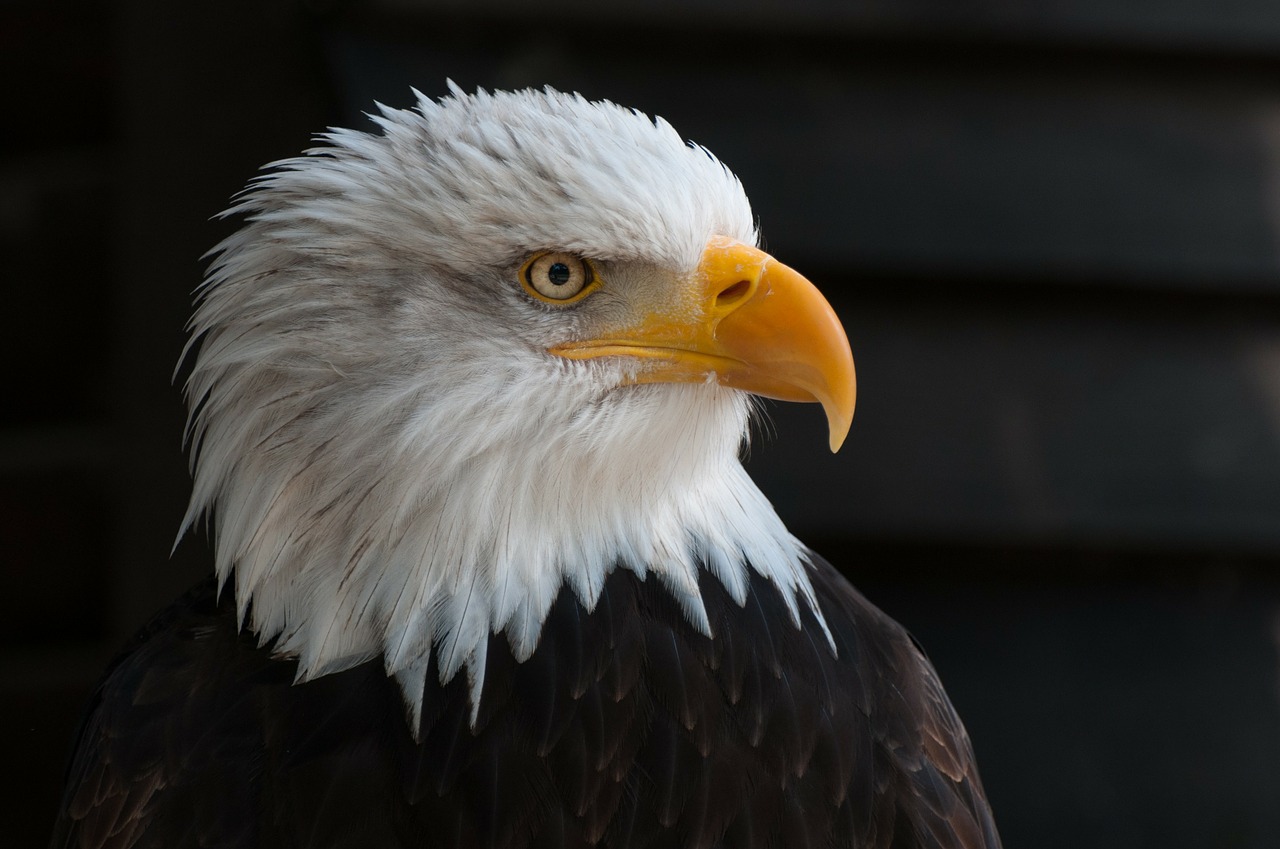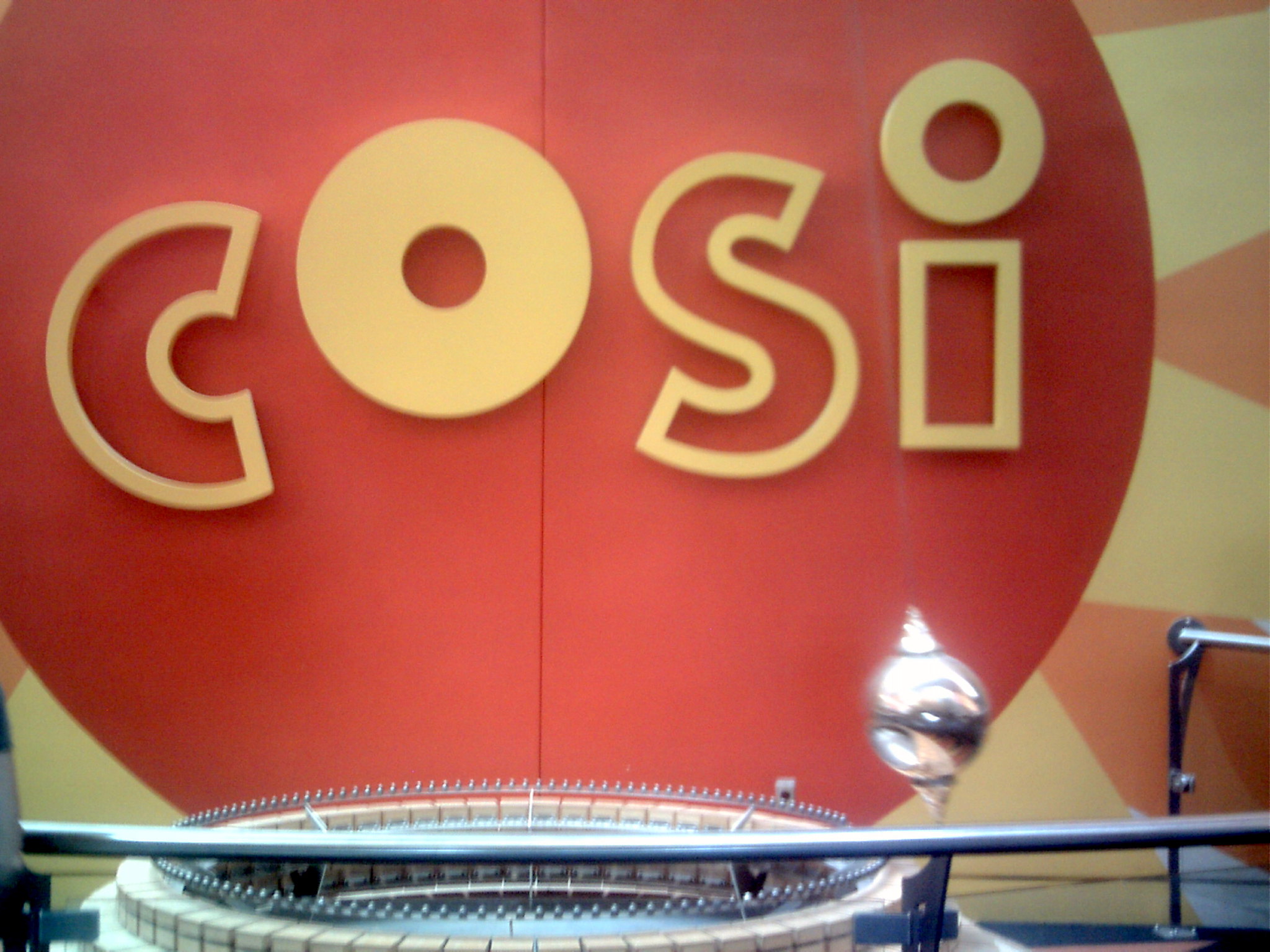The Columbus Zoo and Aquarium announced Monday that polar bear, Kulu, will be moving this fall to another Midwest zoo accredited by the Association of Zoos and Aquariums (AZA).
Staff from both zoos are working to finalize the details of the move. Kulu has gained a large following since his birth on Thanksgiving Day on November 28, 2019, and fans are encouraged to visit soon if they wish to see Kulu before he departs for his new home. The receiving facility will be announced when they unveil the exciting news about Kulu’s arrival to their community.
Kulu will be accompanied by one of his Animal Care team members, as well as a Columbus Zoo staff veterinarian, to help ensure that he arrives safely. The dedicated care team members at his new home are very excited to welcome him and are prepared to help ensure that he adjusts smoothly to his new surroundings. The date when Kulu will make his first public appearance at his new home has not yet been determined.
While the mother-reared bear will be greatly missed by the Columbus Zoo’s Animal Care team and the Central Ohio community, the Association of Zoos and Aquariums’ (AZA) Species Survival Plan® (SSP) recommended the move for 22-month-old Kulu. At 725 pounds, Kulu now outweighs his 560-pound mother, Aurora, and in their native ranges, this is around the time that cubs would begin to venture away from their mother. Moving the young bears to other AZA-accredited facilities also allows for the opportunity to potentially welcome a male polar bear in the future to continue the Columbus Zoo’s strong polar bear breeding program.
The breeding of Kulu’s parents, Aurora and male, Lee, was based on a recommendation from the Association of Zoos and Aquariums’ Species Survival Plan® (SSP), a cooperatively-managed program designed to maximize the genetic diversity and increase the population sustainability of threatened and endangered species in human care. The Columbus Zoo’s polar bear breeding program has been very successful since the Zoo’s Polar Frontier region opening in 2010. Kulu is the first offspring for male, Lee, who now currently resides at the Louisville Zoo. In addition to Kulu, 14-year-old Aurora has previously given birth to three litters sired by another male, Nanuq, who has since passed away after well surpassing the median life expectancy for a male polar bear. Aurora’s previous litters consisted of three other surviving cubs, including female, Nora, and twins, female, Neva, and male, Nuniq—all of whom now reside at other AZA-accredited facilities. Aurora’s twin sister, Anana, also gave birth to female cub, Amelia Gray, who currently lives with Neva at The Maryland Zoo in Baltimore.
“Our devoted Animal Care team works extremely hard to provide the best quality care, and the resulting shared bonds between the animals and the keepers certainly makes it bittersweet to say goodbye anytime an animal leaves for a new facility. However, as in the case with Kulu, we also take great pride in joy in knowing that our care team has been a significant part of his journey to grow into a healthy young bear. While Kulu will be missed tremendously, this is the necessary next step for him as he continues to develop into an adult bear, who has an important role to play in the future of his threatened species,” said Dr. Jan Ramer, Senior Vice President of Animal Care and Conservation at the Columbus Zoo and Aquarium.
In 2008, the polar bear became the first species to be listed under the Endangered Species Act as threatened primarily due to climate change. Polar bears are native to the circumpolar north, including the United States (Alaska), Canada, Russia, Norway, and Denmark (Greenland). They are at the top of the Arctic food chain and primarily eat seals. Polar bear populations are declining due to the disappearance of sea ice, and experts estimate that only 20,000-25,000 polar bears are left in their native range. Some scientists believe that if the warming trend continues, two-thirds of the polar bear population could disappear by 2050.
The Columbus Zoo and Aquarium is dedicated to conserving polar bear populations in their native range. Since 2008, the Zoo has contributed more than $250,000 to research benefiting polar bears in the Arctic. Additionally, video recordings of denning behavior at the Columbus Zoo have even helped with research on polar bears in the Arctic. The Columbus Zoo is also designated as an Arctic Ambassador Center by Polar Bears International (PBI). At the Zoo, visitors are encouraged to do their part to save this amazing species by turning off lights when leaving a room, planting trees, minimizing their use of heating and cooling units, and other ways to reduce energy consumption.
For additional updates about the Columbus Zoo’s animals, events, and more, be sure to follow the Zoo’s social media accounts on Facebook, Instagram and Twitter, and visit the website at ColumbusZoo.org.









